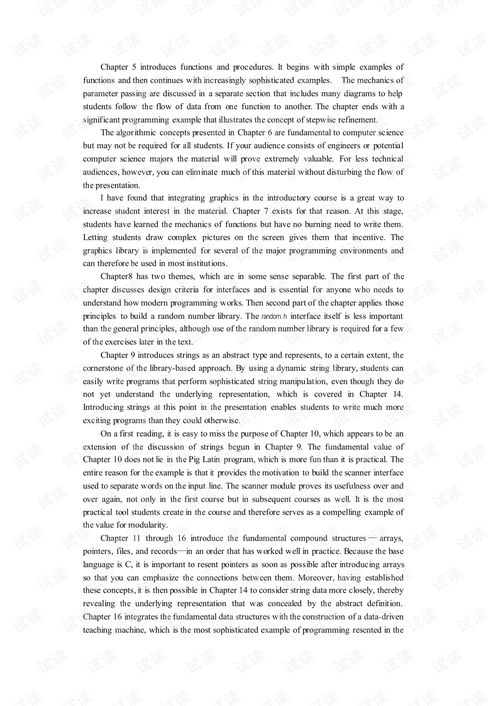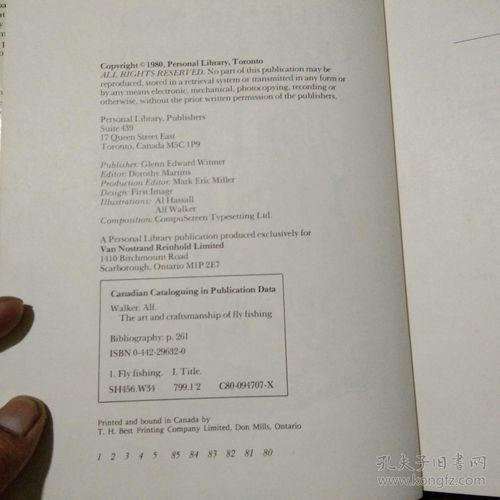Introduction:
Tidal fishing is a thrilling and rewarding pursuit that requires a keen understanding of the ebb and flow of the ocean's tides. Among the diverse species of fish that can be targeted, tidal fish, known for their unique behavior and challenging nature, present a special challenge to anglers. This article delves into the essential techniques for how to钓潮鱼, providing you with the knowledge and skills to become a proficient tidal fisherman.
Understanding Tidal Patterns:
The first step in mastering the art of tidal fishing is to understand the patterns of the tides. Tides are influenced by the gravitational pull of the moon and the sun, and they vary in strength and direction. High tide, when the ocean is at its fullest, and low tide, when the ocean is at its lowest, are the two primary stages that affect fish movement and feeding patterns.
Choosing the Right Equipment:
To successfully钓潮鱼, you'll need the right equipment. Here's a rundown of the essential gear:
Rod and Reel: A sturdy, medium-heavy rod with a fast-action tip is ideal for tidal fishing. The reel should be capable of handling strong currents and heavy lines.
Line: Use a monofilament line with a breaking strength of at least 20 pounds. Fluorocarbon line is often preferred for its invisibility in the water.
Hooks: Depending on the species you're targeting, choose the appropriate size and type of hook. For larger fish, a 6/0 to 8/0 hook is suitable.
Lures and Bait: Live bait, such as crabs or shrimp, can be very effective. Artificial lures, like jigs or spinners, can also entice fish during certain conditions.
Leader and Swivel: A leader of 12 to 18 inches with a swivel can help prevent tangles and reduce the risk of losing your tackle.
Timing Your Trip:
Timing is crucial in tidal fishing. To increase your chances of success, consider the following:
High Tide: Many fish move into shallow waters during high tide to feed. This is an excellent time to fish.
Low Tide: As the tide recedes, fish may become more concentrated in the remaining areas of water. This can be a good time to target them.
Current: Pay attention to the current. Fish often position themselves in areas where the current is slower or against the current to conserve energy.
Techniques for Tidal Fishing:
Locate the Best Spots: Study the area you plan to fish and identify spots where fish are likely to congregate. These can include rock piles, oyster beds, or areas with a strong current.
Present Your Bait or Lure Properly: Whether you're using live bait or artificial lures, it's important to present them in a way that mimics the natural movement of fish. Jerking or twitching your lure can be effective, as can letting it drift naturally.

Be Patient: Tidal fishing can be very slow-paced. It's important to be patient and wait for the fish to come to you.
Adjust to the Conditions: Be prepared to adjust your approach based on the changing conditions. If the fish are not biting, try changing your lure, location, or the way you're presenting your bait.
Learn from the Experts: Observing and learning from experienced tidal fisherman can provide invaluable insights into the techniques and strategies that work best.
Conclusion:
Tidal fishing is a complex and rewarding activity that requires dedication and practice. By understanding tidal patterns, choosing the right equipment, and employing effective techniques, you can increase your chances of success. Remember to respect the marine environment and follow local fishing regulations. With time and patience, you'll develop the skills needed to become a master tidal fisherman. Happy fishing!












